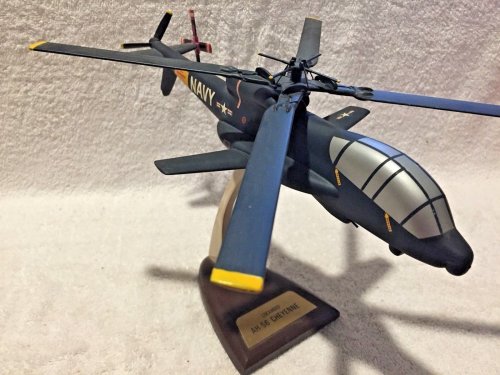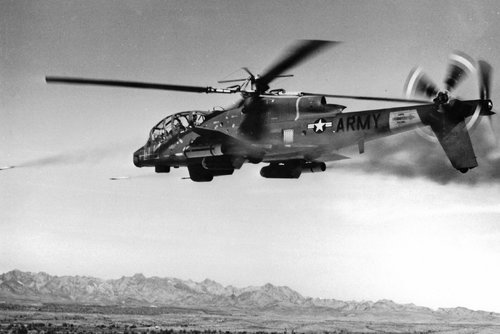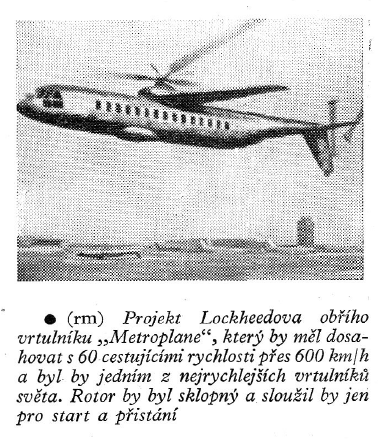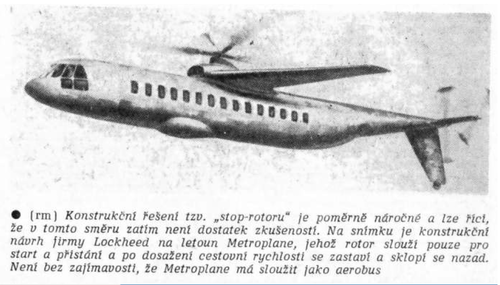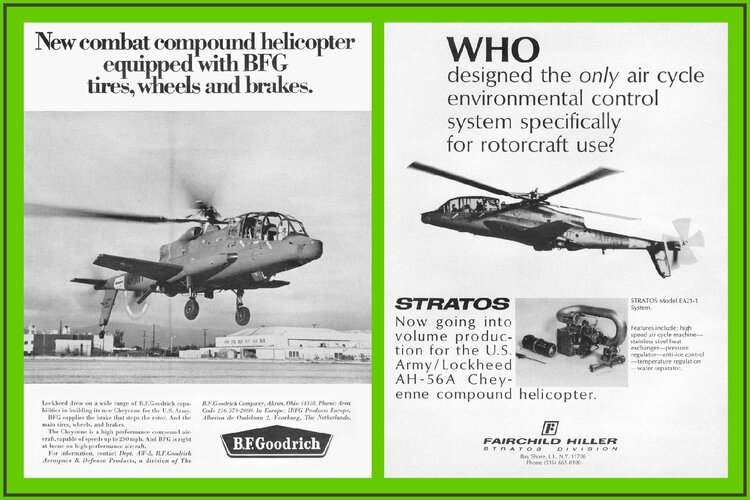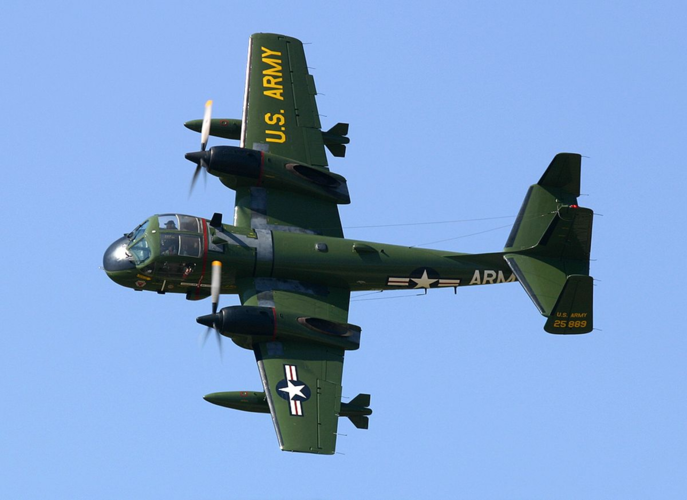TOW isn't exactly fast but I don't believe the Shillelagh was particularity fast either. Maybe Hornet would have worked well although if it had an EO seeker similar to Maverick A/B it would have had quite the price tag.
I know the AH-56 had cutting edge avionics for its day but I'm a bit skeptical of the claim that its sighting system was better than TADS/PNVS which seemed pretty impressive for the time it was introduced. That weather-penetrating radar pod sounds useful. Were there any ideas on how that would be fielded? One per every helo seems a bit unlikely.
Trying to use the AH-56 in a battlefield interdiction role in West Germany doesn't seem like a good idea despite the machine's qualities. That high low level speed is great but when it comes to actually attacking a Soviet column it still isn't going to be enough to protect against the Shilkas and everything else firing back at you.
Realistically with the sort of air-defense overhaul the Soviets undertook in the 1970s I think the strategies that US Army aviation adopted during that time period were the only way to be effective without crippling losses.
Trailing a wire off anything automatically limits you to subsonics, no matter the carriage environment. Shillelagh was what it was because it was a CLGP. Whether you repackage the guidance into a bigger round or add a booster package, getting away from the wire guided environment is worth it. TOW RF does 4.5km at something like 800fps (vs. 3.75 @ 550fps) because it ditched the spool. Given TOW gets squirrelly at max range as the weapon slows down and command lags out, anything helps. That said, closing on the threat is stupid but so is showing your side profile with guns blazing after a salvo rocket launch at <1.5km ranges under the 'One Clean Shot' vs. the 'Shoot The Dragon!' rule.
I only read about the weather penetration radar/TFR (the reference was not specific) recently-
>
The two predecessor programs, Pave Star and Pave Imp, had provided only a limited night or all-weather capability, and to meet the requirements of MAC ROC 19-70, the Pave Low project was initiated in 1972. At Edwards AFB, Sikorsky engineers installed a forwardlooking radar, the AN/APQ-141—initially designed for the US Army AH-56 Cheyenne gunship—on HH-53B #66-14433, an NRS-modified BLACK KNIGHTS AND RED SCARVES │ 95 aircraft and veteran of combat duty in SEA.
>
While I have a hard time believing a pod as large as the proboscis on the MH-53 was carried on the Cheyenne, it would stand to reason that that it would be on one of the Sponson pylons (which were derated to fuel-only), to retain maximum weapons clearance under the wings. Obviously this is going to pose HERO, EMI and masking issues with the XM52 installation. I do know that it was podded.
I have looked for photos and not found anything in the usual online sources though I still have some feelers out with the AIAA as they helped me run down some particulars on related material in the past. You might also try the Warbird Tech volume, though finding one gets real expensive. If anyone has photos, info or drawings, please share.
In terms of utilization, if you can tuck up close on a section lead, you can probably penetrate as he does, just using rotor glimmer from above. The gunner backing up the pilot on the PINE to track the lead until breakout. The scenario I originally read mentioned SEA in the highlands or Laos where you are dropping down from cruise at 3-5,000ft into who knows what terrain elevation. Hunting Trucks.
In Europe, you would probably want one for every aircraft. The weather gets so horrible there, midwinter, that you are down to 500ft and under 1 mile visibility and _all_ Gen-1 FLIR is going to be all but useless, at night. Given all the high tension lines and the icing conditions things could get pretty serious if you didn't have independent navigation in threat airspace, which you would be ingressing at low level, all the way.
Of course the Russians invented the 'Pelengator' for exactly this scenario so it may be that you're not going to be using the radar more than intermittently enroute to the target area but if you can follow separate doppler nav tracks inwards, you at least reduce the chances of friendly collision by combination of the moving map, target file photos and the radar. Drop a log (ground flare) at some preprogrammed IP and orient off that as an update marker that lets you effectively say: "Everything east of here is mine, everything south is yours." as you hit the columns from both sides of a road.
As I stated above, the Russian ADV inventory was not infinite, as they were very expensive vehicles for the time and thus tended to be held back for Higher to doll out to specific mission taskings. You would find logistics units with older, towed, ZU-23 or SA-7 as the Shilka and SA-8/9 were pushed forwards with the maneuver elements or concentrated around specific vulnerabilities like river crossings or highway junctions. This is one of the reasons why you want to have fast jets doing timed runs, in daylight as they can loft or low angle toss from all directions at such short popup intervals that you can effectively saturate the threat engagement interval. It gets expensive in terms of attrition for that first or second man in. But it works if you have rockets or ARMs to rapidly suppress with. In daylight.
I suppose a Cheyenne could carry some SEAD ordnance (ADSM comes to mind) but you're really not there to get into it with the enemy SPAAGs and what not, you want to kill tanks. Or trucks. And as vulnerable and slow as any helicopter is to any HMG or bigger (yes, even the AH-56) compared to a 500 knot jet doing snake'n'nape or cluster runs, why waste the avionics sophistication that can go beyond FEBA in night actions, to hit the bear in the face with a hammer, predictably, during the day, with this huge airframe, moving at speed. Everyone will see you and task a QRA response to come get you while firing trashfire from weapon they have to hand.
The answer, as it so often is, is the bullets and scopes matter, more than the rifle.
If you can shift to a Hellfire or equivalent, you can theoretically engage with one shot, designate, fire another, and be on your way out of the fight as missile 1 impacts and your wingman, 5km back, sparkles on the same code, moving the missile to a second target while firing his own weapons at really tight interval. I've never really seen the purpose in being very slow, very low. It doesn't impress artillery. It doesn't stop tank rounds and particularly CLGP, when you pop back up to designate or shoot another 15-17 second TOW. If you can instead be very far, using salvo mode engagement tactics to put 3-4 shots down range, per pass, you don't have to be stuck in proximity and can snipe, go away and come back again a few minutes as compass quadrants, later.
When you have an 8km Hellfire, it's the missile, not the launch platform, which matters in getting this standoff. So protect the launch platform by remaining at speed against all other threats rather than being pinned to the ground ducking the engaged enemy ground force as that Hind comes over the treetops of your ambush hide.
Remember, there is no JAAT here. No OH-58C or Alphajet looking for trouble as troikas of Mi-24s sweeping the flanks of their lead company teams which are themselves screening forces for the largerr main combat element. You are on your own and so you want to get in, get it done, and get out. Before someone radios Frontal Aviation to come fly swat the midnight creepers.
Under conditions where the threat has minimal understanding that they are even being engaged, night and through weather penetration changes all of this by cutting down on the number of hunters out there, thinking it's duck season. Which is itself useful because Hellfire, in Direct Mode, (due to low ceilings) is also going to lose half it's standoff.
Versus trucks with cold drivers on strange roads, looking to make a blacked-out rendezvous and get back under cover before daylight without even the LLTV scopes of period T-64/72 which are bedded down already in secure laagers with deployed OPs and attached radar SPAAGs and SAM ADVs blinking on and off, I know which target set I would pick.
Kill what feeds the strong, where they are weakest. Movong on the road nets, at night. And the warriors will fall the next day, because the camp followers did not live to deliver their gas. And they are stuck, static, predictable, as the steel rain falls.









